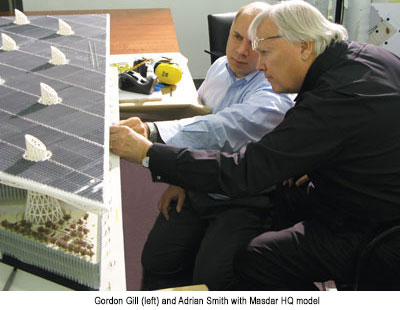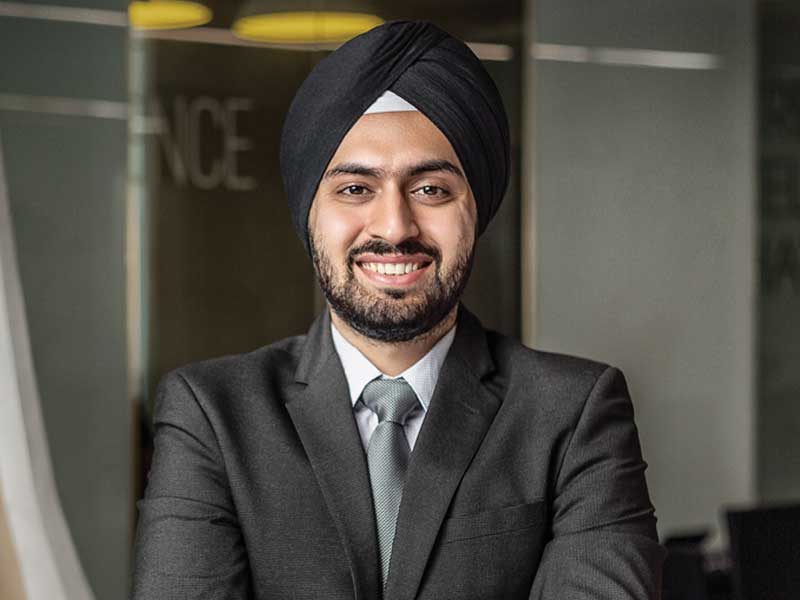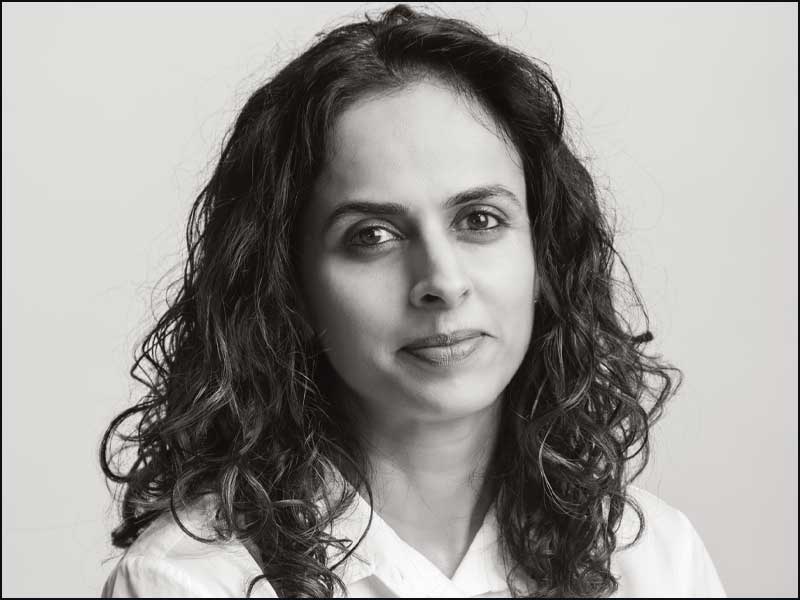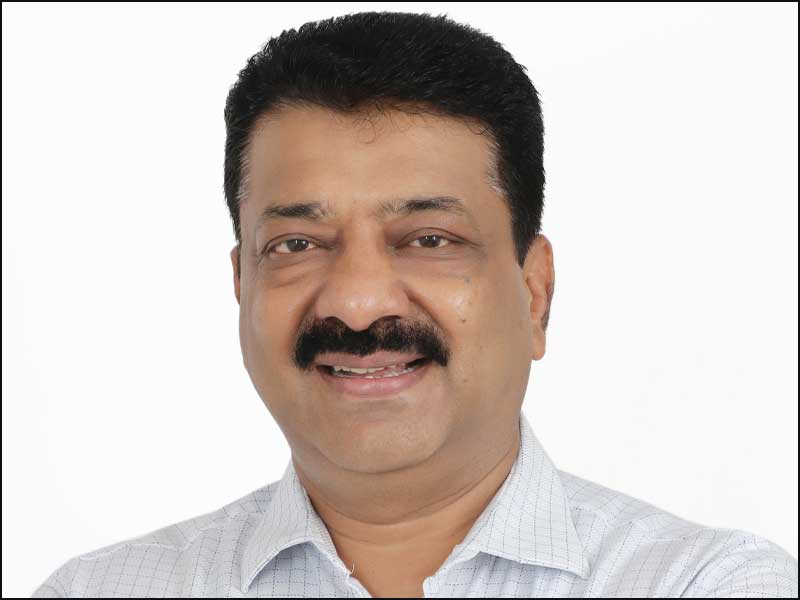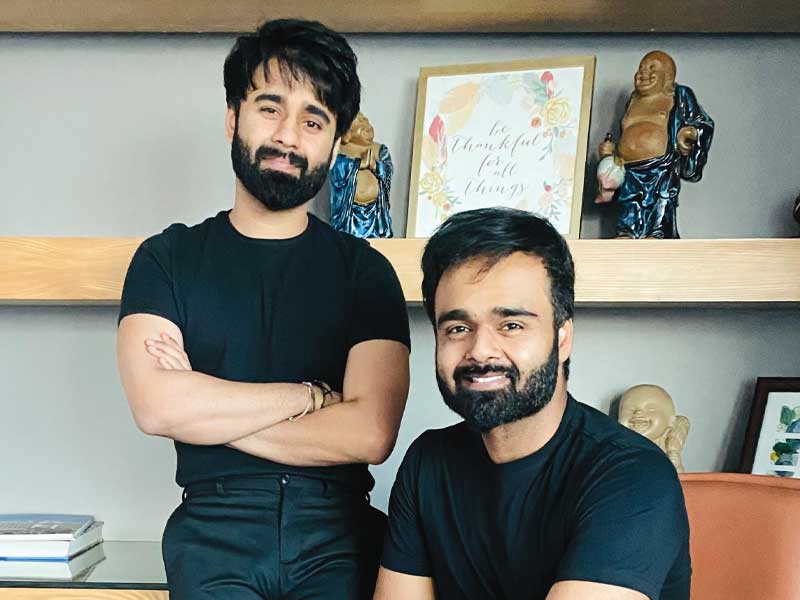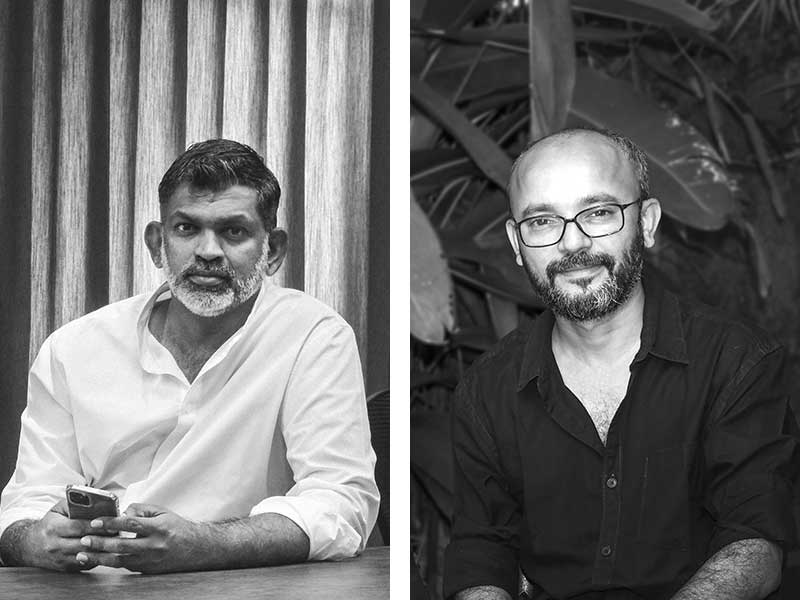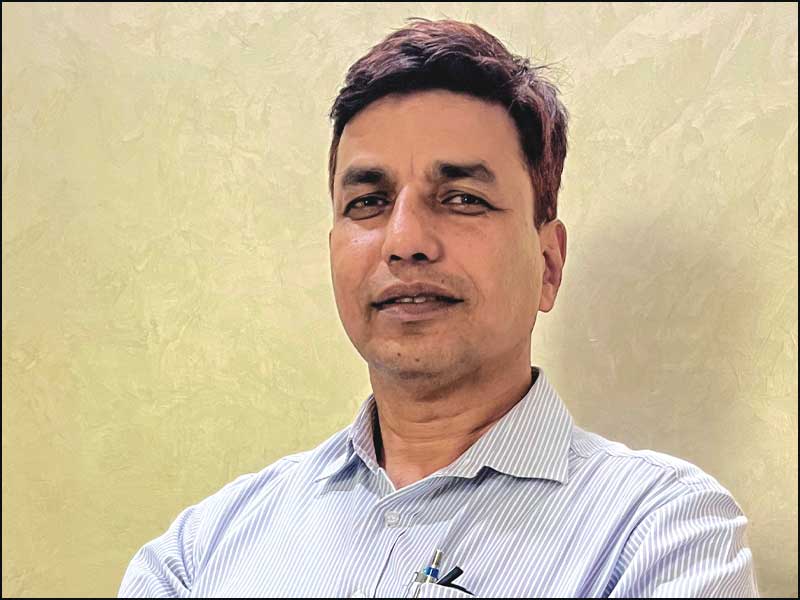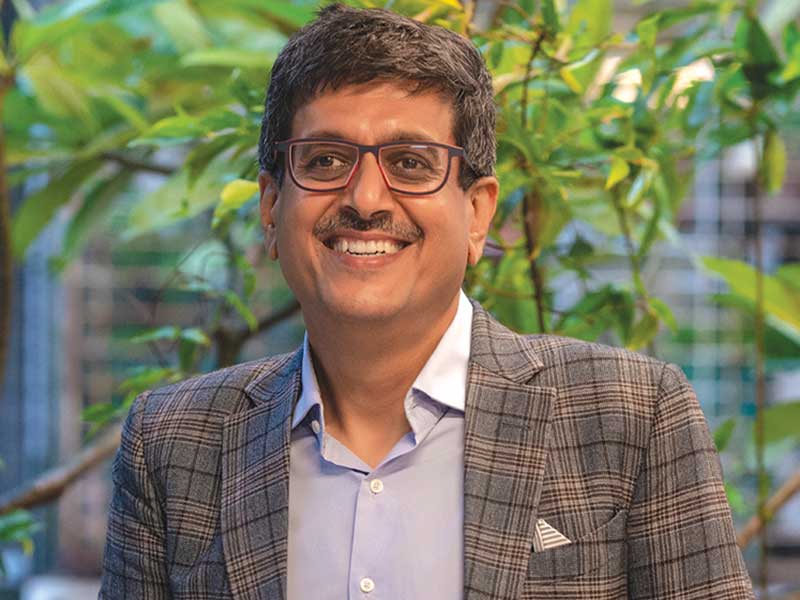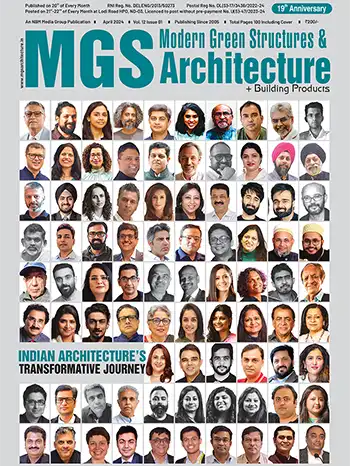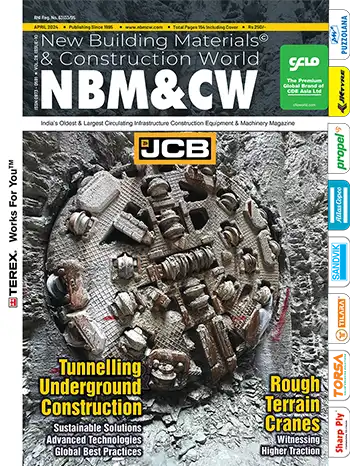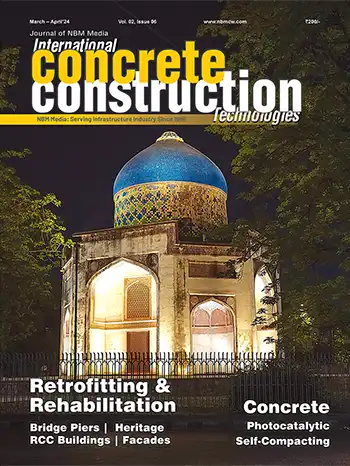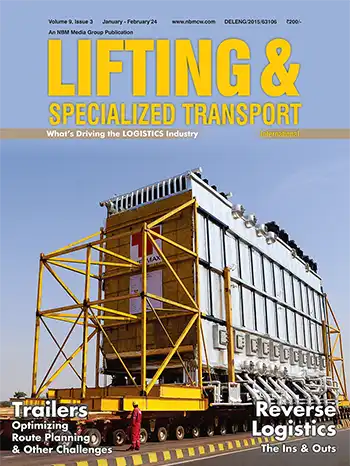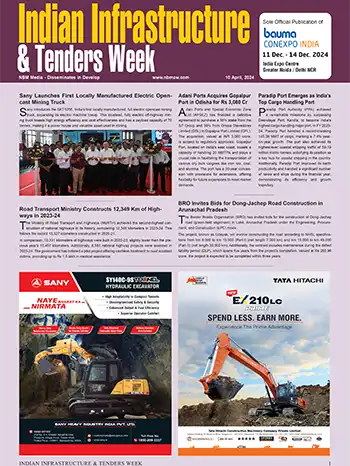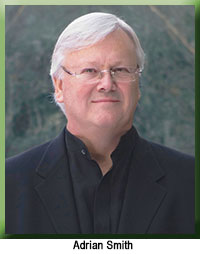
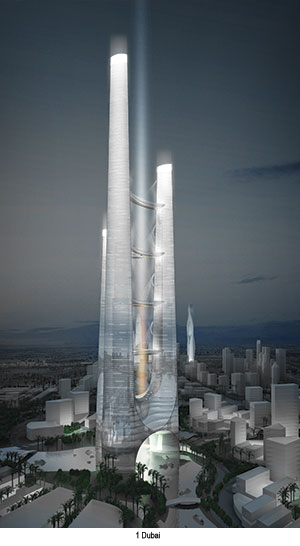
What inspired you to study and practice architecture?
I have always been inspired by the idea of tall buildings. Growing up in California, I used to build sandcastles to see how high I could make them. I always enjoyed drawing as a child and in a high school mechanical drawing class, my first drawing was of a 40-story skyscraper in dramatic perspective. When I came to Chicago during my college years, I was impressed by the skyline and the idea that humankind could make our own mountains out of buildings. I wanted to be a part of that.
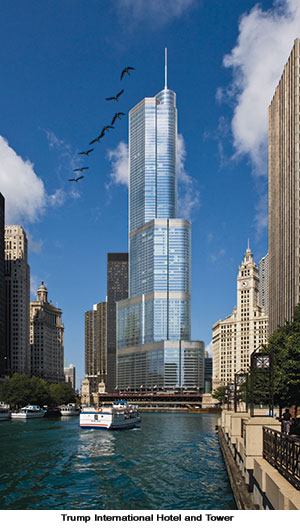
During the early part of my career working with Bruce Graham at Skidmore, Owings and Merrill, I learned from him about the science of architecture and how to build and detail and about the importance of proportion. In the late 1970s, we did a project in Mexico in which we were associated with Ricardo Legorreta, who introduced us to the concept of contextualism. For me, this meant that a building should have a relationship to its surrounding context and draw from the culture and character of the place for which we are designing. The nature of the site, the climate, wind and soil conditions were all to be factored into the design of the project as well. The use of local materials and available construction methods was also important in underdeveloped areas such as Guatemala, where I designed three banks for Banco De Occidente. In these ways, I try to interpret and honor the societies that my buildings serve, to forge a unique dialogue between culture and place, and to foster a strong connection to the people who see and use my buildings. More recently, I have broadened my contextual principles to include the introduction of harvesting the energy sources from the earth, wind and sun by integrating wind turbines and photovoltaic systems into the design of the building projects in an expressive way that adds to the vocabulary of contextual architecture. This results in a kind of global environmental contextualism.
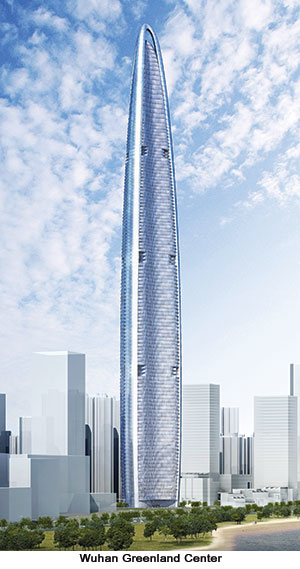
First and foremost, of course, I'm responding to the desires of the client. In this case, the client wants a great landmark tower that will bring attention, excitement and investment. With both Burj Khalifa in Dubai and now Kingdom Tower in Jeddah, Saudi Arabia, the tower is to be the centerpiece of a much larger development, and the need is to build supertall to give immediate recognition to the development as well as to create a landmark for the developer, the city and the country. As has happened throughout history, the achievement of buildings civilization's tallest structures creates a great deal of sustained interest among the peoples of the world, which translates into continuing income for many years to come from tourists who are drawn to these buildings. Kingdom Tower will be my sixth supertall tower when completed, and clients looking to build supertall towers are always interested in seeking expertise from those who have designed these towers before, so I am usually on the short list of any such client.
Tell us something about the recently announced ‘Kingdom Tower' in Jeddah which would be the tallest tower in the world. Although you have extensive experience in working on Supertall towers but how challenging and interesting was the designing of this project, and what aspects have you kept in mind while working on the 1 km tall structure?
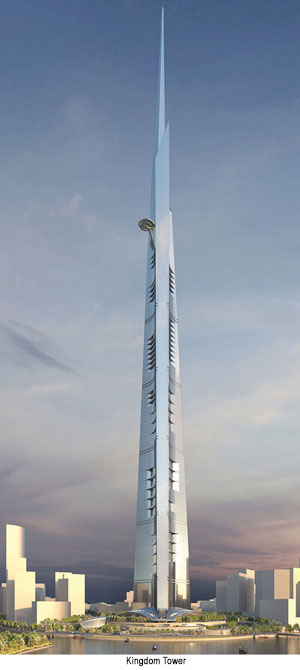
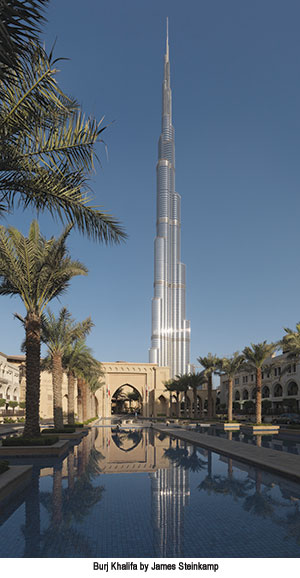
As Talal Al Maiman of the Jeddah Economic Company has said, "The principals of JEC and I were impressed by the boldness and simplicity of the AS+GG design. Kingdom Tower's height is remarkable, obviously, but the building's iconic status will not depend solely on that aspect. Its form is brilliantly sculpted, making it quite simply one of the most beautiful buildings in the world of any height."
Your designs are renowned for zero-energy structures, what has been your approach on the Kingdom Tower?
We think Kingdom Tower is going to be a highly sustainable project, especially from the perspective of land use. If you think how much land it would take to build the same amount of area as Kingdom Tower, but in the form of low- or mid-rise buildings, and then think of how much infrastructure it would take to service that kind of planning (roads, power grids, sewers, and so on), you'll see that a supertall tower like Kingdom results in a more sustainable project type and requires less land, thus conserving more land for agricultural and recreational uses.
You have been involved in some of the projects in India as well. How is your experience working with Indian developers? Kindly name a few of your projects executed in India.
We've designed three residential towers for Mumbai, including one that would be the city's tallest building, but the status of these projects is unclear at the moment. We also designed a master plan for the redevelopment of the Dharavi neighborhood. Certainly I would love to do more in India.

I think supertall towers are potentially a real answer to the challenge of increasing density in India's urban centers. We know that cities all over the globe are becoming more dense, but how is this additional population to be accommodated? The great thing about very tall buildings, as I mentioned above in relation to Kingdom Tower, is that they allow for a great number of people to be housed very comfortably on a very small footprint of land. And if they are designed well, they can offer many of the amenities that people need for a high quality of life: green space, restaurants, health centers and so on. In many ways, the very tall tower is a key element of the city of the future, in India and elsewhere.
You have been bestowed with several recognitions including the recently awarded Lynn S. Beedle Lifetime Achievement Award from the Council on Tall Buildings and Urban Habitat for your extraordinary contribution to the supertall building typology. Please shed some light on your milestone achievements.
During my long career, I have been fortunate to have won over 100 awards for the buildings I designed, including eight AIA National awards, several ULI awards and several international awards. At my former firm, SOM, I designed four of the world's current 11 tallest completed buildings, which is a pretty good percentage. They include Burj Khalifa, the world's current tallest building, in Dubai; Jin Mao Tower in Shanghai; Zifeng Tower at Nanjing Greenland Financial Center in Nanjing, China; and the Trump International Hotel & Tower in Chicago. Each has its particular character. I think in the case of Burj Khalifa, which opened last year, has become a worldwide destination and a catalyst for tourism and economic growth in the emirate, and of course I'm delighted to have been a part of that. I am also proud to be the co-author of our new book "Toward Zero Carbon: The Chicago Central Area DeCarbonization Plan" (Images Publishing Group), and to have two books published on my works.
Please tell us in brief about Adrian Smith + Gordon Gill Architecture and its global operations. Also elaborate on the design expertise and some of the unique and awarded projects of the firm?
